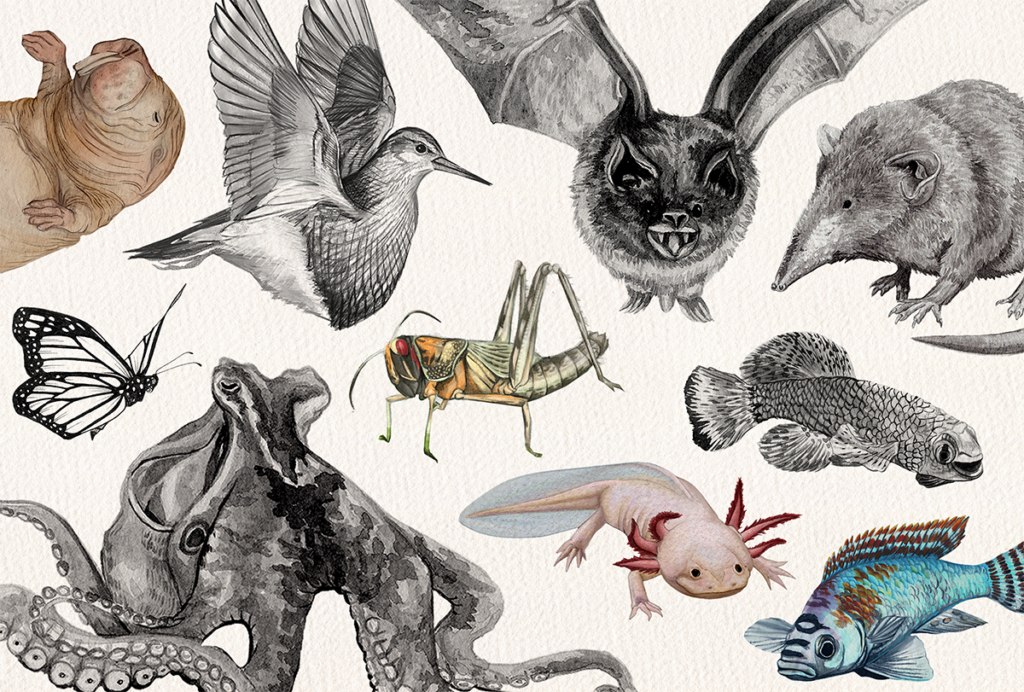
Ann Griswold
Science writer
From this contributor
Sex and other foreign words
People with autism fall in love. They marry. They even (gasp) have sex. Yet these deeply human needs have mostly gone ignored by scientists.
Many people with harmful genetic variants show no ill effects
Most adults with genetic variants tied to certain conditions, such as heart disease or cancer, go undiagnosed.

Many people with harmful genetic variants show no ill effects
This is a story of autism in small-town America
Rural living can be wonderful: community, friendly faces, a slower pace of life. But when there’s autism in the family, it can be tough.
This is a story of autism in small-town America
Autism, fragile X follow different developmental paths
Children with autism show an increase in restricted interests in their preteen years that is not seen in those with fragile X syndrome.

Autism, fragile X follow different developmental paths
Autism gene may double as pain processor
SHANK3, a leading candidate gene for autism, helps sensory neurons in mice respond to pain.
Explore more from The Transmitter
The non-model organism “renaissance” has arrived
Meet 10 neuroscientists bringing model diversity back with the funky animals they study.

The non-model organism “renaissance” has arrived
Meet 10 neuroscientists bringing model diversity back with the funky animals they study.
Assembloids illuminate circuit-level changes linked to autism, neurodevelopment
These complex combinations of organoids afford a closer look at how gene alterations affect certain brain networks.
Assembloids illuminate circuit-level changes linked to autism, neurodevelopment
These complex combinations of organoids afford a closer look at how gene alterations affect certain brain networks.
Rajesh Rao reflects on predictive brains, neural interfaces and the future of human intelligence
Twenty-five years ago, Rajesh Rao proposed a seminal theory of how brains could implement predictive coding for perception. His modern version zeroes in on actions.
Rajesh Rao reflects on predictive brains, neural interfaces and the future of human intelligence
Twenty-five years ago, Rajesh Rao proposed a seminal theory of how brains could implement predictive coding for perception. His modern version zeroes in on actions.

